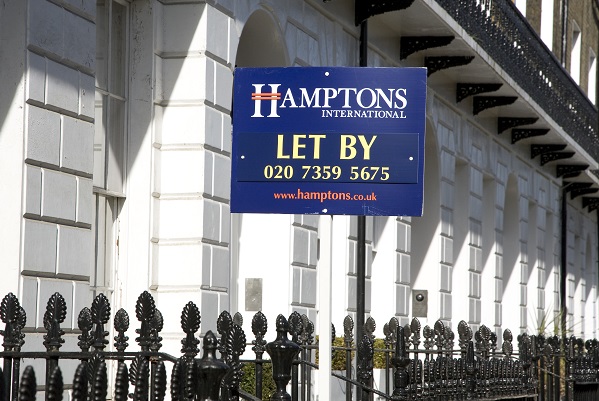New data from estate agents, Hamptons, has revealed that there are 43% fewer rental homes on the market than there were in 2019.
Regionally, the data has highlighted that shockingly, every region in the UK has recorded a fall of at least 25%, whilst Scotland has witnessed a dramatic 65% drop in rental properties. In light of these new figures, Group Chairman of Cornerstone Group International,David Hannah, offers his opinion on the factors that have led to a fall in rental properties.
At the start of 2023, 300,000 buy-to-let properties went onto the property market, signalling an exodus of Britain’s buy-to-let landlords. Hannah notes that one of the main factors for this exodus being the government’s introduction of costly Energy Performance Certificate (EPC) changes.
Landlords must ensure that their properties hold a minimum EPC standard rating of ‘C’ or higher, or face fines of up to £30,000. It’s reported that to get their property’s EPC rating from ‘E’ to ‘C’ will cost upwards of tens of thousands of pounds, with many landlords expected to make costly changes such as installing heat pumps, double glazing, and installation.
Adding further pressure to landlords is the increasing costs of mortgage deals, after a report from the English Private Landlords Survey revealed 60% of landlords across the nation have a buy-to-let mortgage and are subject to soaring rates as a result.
Landlords looking to refinance their mortgage face average rates on a two-year fix of 5.94%, whilst five-year rates stand at 5.37%according to HSBC. This could be the final nail in the coffin for landlords who have already seen their profits hit rock bottom.
Demand for rental properties has surpassed the available supply in many areas of the UK as landlords continue to flee the market. According to Hamptons, almost 100,000 landlords per year are expected to leave the market in the next half-decade, potentially leading to inflated prices.
Hannah explains that increasing costs and red tape for landlords could make buy-to-let a less attractive option for investors and ultimately create a knock-on effect for Britain’s rental market – impacting 8.5m private renters across the nation.
Chairman of Cornerstone Group International, David Hannah said, “Rising rental costs in the UK are creating a dire situation for tenants, especially those on lower incomes. With the highest share of pre-tax income spent on rent in a decade, and average rents surging by 10.4% annually, affording rental properties has become increasingly challenging.
“The shortage of available rental homes adds to the problem, as demand heavily outweighs supply. This situation not only affects renters but also hinders those seeking to transition from renting to homeownership, with securing a mortgage becoming impossible for many. It is crucial to address the factors behind escalating rents, including increased demand, limited rental supply, rising mortgage rates for landlords, and potential rent control measures, to ensure long-term rental affordability.”
“Concerningly, I fear that increasing mortgage costs will be the final straw for Britain’s landlords. They have now experienced their lowest profits since 2007 and face further government red tape. Our research shows that many landlords were not prepared to deal with the current obstacles facing the rental market as 1 in 5 say they became landlords without the sufficient knowledge needed and have lost thousands as a result.”





Leave a Comment